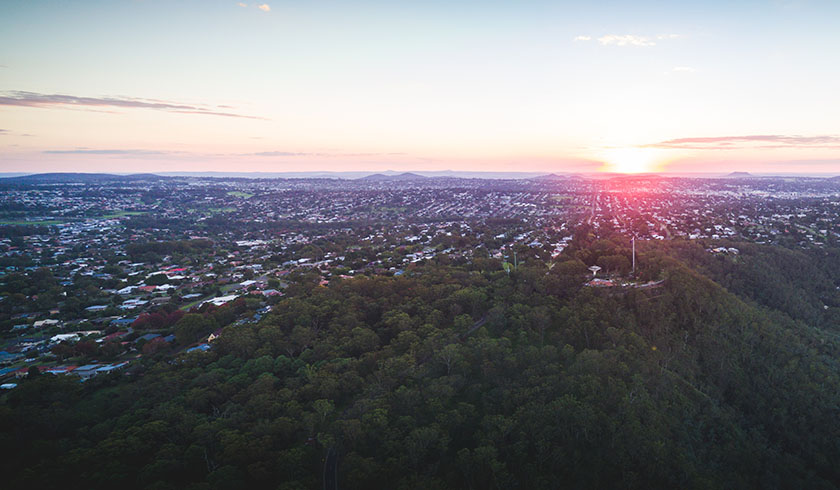No reprieve for buyers in regional markets
While growth across Australia’s regional markets is beginning to slow, it’s not helping buyers who are trying to secure a property in some of Australia’s most popular locations.

Looking to the latest quarterly Regional Market Update from CoreLogic, dwelling values across the combined regions jumped nearly 25 per cent (23.9 per cent) in the year to April 2022.
It stands in stark contrast with the 14.6 per cent growth seen across Australia’s capital cities.
Even though heat is starting to leave the market, CoreLogic’s research director Tim Lawless said that anecdotally, they are “still seeing strong demand for regional housing supported by high internal migration rates”.
“The high level of demand is supported by estimates of home sales, which were tracking 20.1 per cent above the previous five-year average over the three months ending April 2022.
“It seems many employers across the relevant industries have implemented permanent hybrid working arrangements for staff which is likely to be supporting the stronger demand trend across regional Australia,” he considered.
Increased fervour around regional buying is clearly on display, with sales activity tracking about 20 per cent above the five-year average for regional Australia.
This is despite the number of homes available for sale across regional Australia being “more than 40 per cent below the five-year average and 20.5 per cent lower than a year ago”.
“Clearly, we are still seeing a disconnect between available supply and demonstrated demand,” Mr Lawless commented.
It’s evident in some of the latest sales data, with houses in the Queensland city of Toowoomba showing the fastest sales times, spending just 13 days on market, on average, across the last 12 months.
The Sunshine Coast and Gold Coast markets aren’t far behind, with both regions reporting properties are spending just 16 days on the market before being snapped up.
Elsewhere, the Hunter Valley (excluding Newcastle) is also offering wins for vendors, with the region offering the lowest discount to secure a sale, at just -1.8 per cent.
And while prices have increased astronomically in many regions, Mr Lawless did note that regions adjacent to capital cities are still somewhat more affordable than their metro counterparts.
In the Newcastle and Lake Macquarie region, median dwelling values remain $250,000 lower relative to Greater Sydney, while the Illawarra region’s median dwelling value is $143,000 lower than the median Sydney price.
In Victoria, it’s a similar story, with prices in the regional city of Ballarat tracking $203,000 lower relative to Melbourne’s median.
Looking ahead, while the outlook for non-capital city markets may be softening – and hopefully becoming more sustainable – Mr Lawless doesn’t see many of Australia’s regions experiencing a downturn in the near term.
“Arguably some regional markets will be somewhat insulated from a material downturn in housing values due to an ongoing imbalance between supply and demand,” he imparted.
“We are continuing to see advertised stock levels remain extraordinarily low across regional Australia and settled sales activity looks to be holding firmer relative to the capitals.”
All in all, a lot will depend on regional migration patterns, with Mr Lawless concluding that he expects many of the current demographic trends to continue favouring the regional markets – “especially those regions with some lifestyle appeal within a few hours’ drive of the major capitals”.

